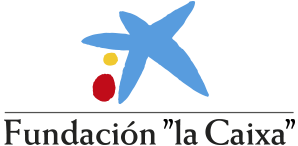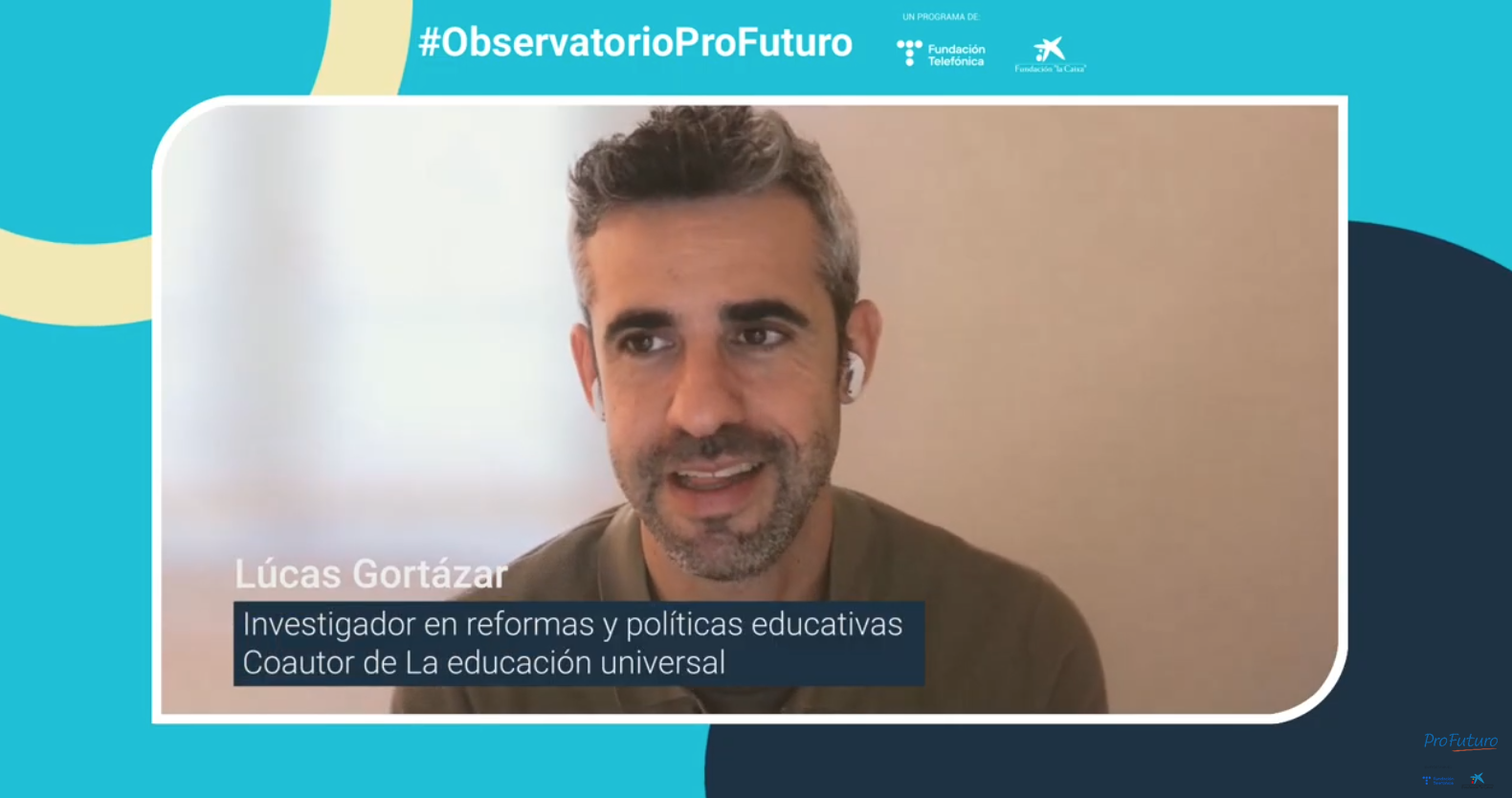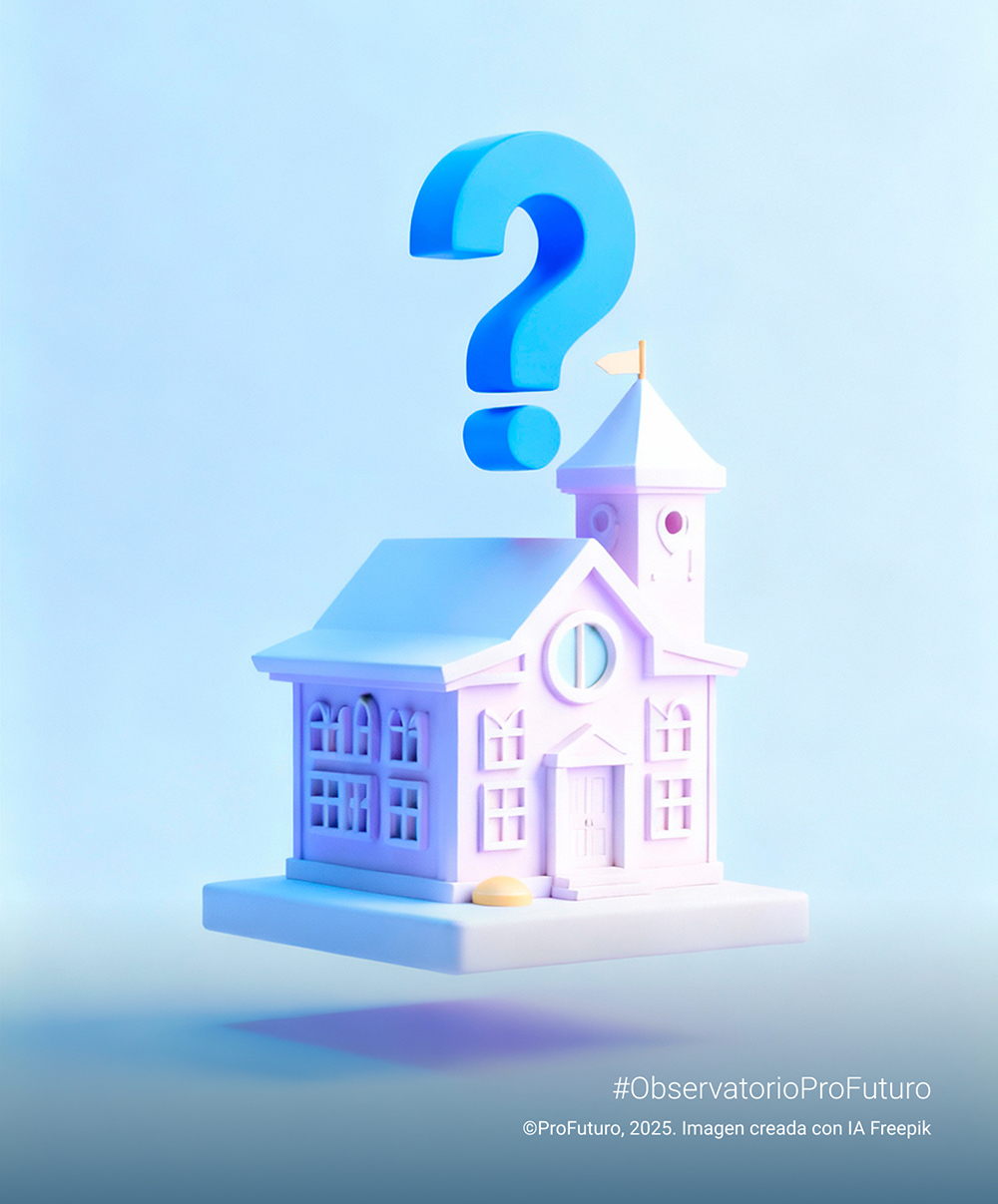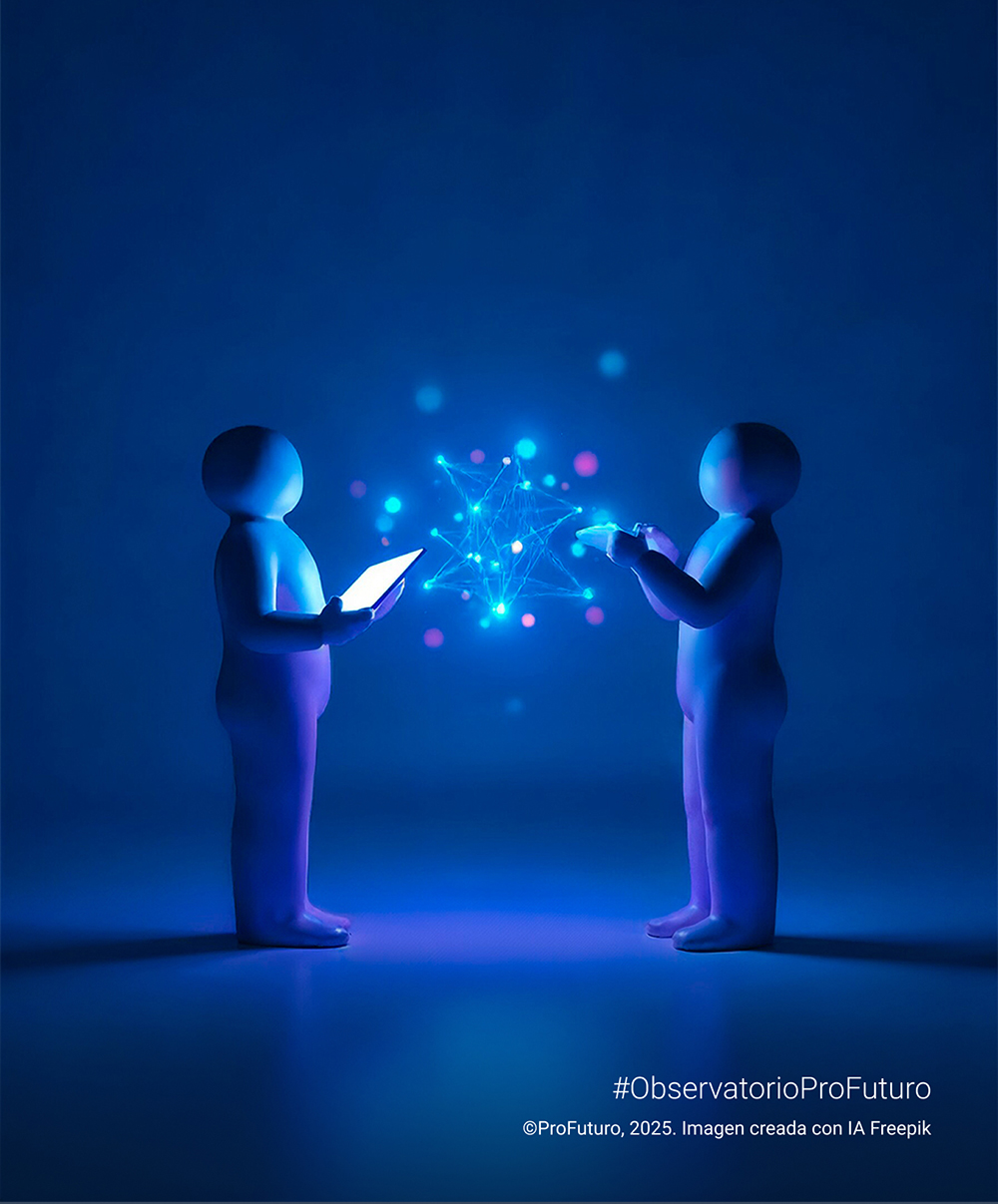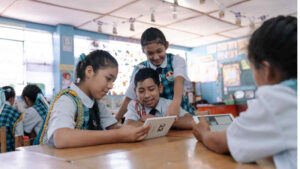
For centuries, reading and writing were enough to access knowledge and employment. With industrialisation came mass schooling, and the printed book reigned as the main cultural vehicle. The 21st century disrupted this equation: screens multiplied voices and formats, and texts left paper behind. Today, being literate means swimming in a data-saturated ocean, detecting opinion currents, recognising the filters that decide what we see, and participating in the global conversation without sinking.
The concept of digital literacy began to take shape in the 1990s. Researcher Paul Gilster was one of the first to conceptualise it, defining it in 1997 as “the ability to understand and use information in multiple formats when presented by a computer.” Gilster warned that this skill should not be reduced to the technical dimension: “it’s not about knowing which buttons to press,” he noted, but rather involves a conceptual mastery, a critical understanding of the digital environment. This idea, which already pointed to a deeper literacy, has gained particular relevance today.
In the past two decades, the advancement of digital technologies has been rapid. Internet access has increased exponentially, and with it, the time spent on digital content. According to the Digital 2024 report by DataReportal, over 64% of the global population is connected, with an average daily internet use exceeding six hours.
However, this access does not automatically translate into critical capabilities: recent studies by the Pew Research Center (2022) reveal that a vast majority of American teenagers—intensive social media users—fail to clearly identify whether a source of information is reliable or if content has been manipulated. In Latin America, reports from ECLAC and UNESCO indicate a concerning lag in advanced digital competencies, even among sectors that use technology daily.
This highlights a fundamental paradox: the more connected we are, the fewer guarantees we have of being digitally literate. The confusion between access and competence has obscured a gap that is no longer just technological or economic but also cognitive and critical. As mentioned in the article “Now More Than Ever: Digital Literacy,” which inspires this text, current digital practices require more than instrumental skill: they involve selecting, analysing, creating, sharing, and protecting information in complex and constantly changing environments.
To understand this change, this article is structured around four axes: the generational contrast, which dismantles the myth of the “digital native”; the ethical dimension, which invites reflection on the impact of digital tools; the power of algorithms, which questions our autonomy as users; and the invisible micro-skills essential for navigating with discernment and safety.
These lines of analysis point to the same conclusion: in these times, when screens mediate almost everything, being truly literate implies something more radical: relearning how we read, write, and think in the digital realm.
Generational Contrast: Who Is Truly Digitally Literate?
The label “digital native,” popularised by Marc Prensky in 2001, portrays youth as natural experts in all things online. Reality nuances this image. The PISA 2018 report found that a significant portion of students struggle to decide whether a text provides evidence or merely opinions. Researchers from Stanford (Wineburg and McGrew, 2019) observed similar issues in university students capable of creating memes in seconds but unable to trace the origin of a news story.
These data contrast with the narrative of the “hyperconnected but lucid” youth. In reality, many navigate a digital ecosystem saturated with stimuli, with little training on how online information works. Overexposure to social media can also reinforce patterns of rapid, emotional, and uncritical consumption. In an environment where immediacy and virality outweigh truthfulness, these shortcomings become structural.
In contrast, adults, “digital immigrants,” often face greater technical barriers: they learn less fluently, experience insecurity with new platforms, and may feel excluded from certain digital cultural codes. However, several studies show that their attitude toward information is more reflective. Their digital consumption pace is, in many cases, slower and less susceptible to algorithmic or community pressure. Additionally, their analog references (books, print media, direct conversation) provide comparative frameworks that enrich their judgment.
This doesn’t mean adults are immune to misinformation, but it does point to a trend: digital literacy is not a matter of age but of critical education.
UNESCO has been clear on this. In its Media and Information Literacy (MIL) framework, it states that an informed citizenry must not only know how to access and use digital media but also analyse, evaluate, and ethically participate in its construction. This vision aligns with the conclusions of the Digital Competence Framework for Citizens (DigComp) developed by the European Commission, which emphasises the importance of skills like critical thinking, digital identity management, and online safety as essential components of 21st-century literacy.
In this context, the question is no longer who knows how to use technology but who knows how to understand it. The generational contrast, then, is not between young and old but between those who limit themselves to superficial use and those who have learned—or have been trained—to reflect on what each click, each post, each shared data implies.
Digital Literacy as an Ethical Compass
We live connected. We wake up to notifications, navigate with invisible algorithms, and share information without a second thought. But how many of our digital actions are conscious? To what extent do we use technology, or are we used by it? These questions, posed by authors like Shoshana Zuboff in “The Age of Surveillance Capitalism” (2019), point to a deep problem: the digital environment has been designed to capture our attention, collect our data, and shape our behaviours, most often without our knowledge or informed consent.
Ethical digital literacy compels us to look beyond the interface: to question why a platform is free, what business models support it, and what the real cost of our participation is. The massive collection of personal data, for example, has been normalised under the narrative of personalisation and efficiency, but cases like the Cambridge Analytica scandal showed that this information can be used to manipulate political decisions on a large scale, eroding the democratic fabric.
More recently, debates around TikTok and its collection of biometric data, or concerns about language models like ChatGPT in educational, work, and legal contexts, show that the ethical digital conversation is becoming increasingly urgent.
Think about it: if an app is free, how does it pay for servers and salaries? What story do your “likes” tell about your health, mood, or political ideas? Without this ethical compass, convenience turns into dependence.
In response, some institutions have begun proposing reference frameworks. UNESCO, for example, promotes an ethics of artificial intelligence centred on human rights, and the Institute for the Future suggests an “anticipatory” digital literacy that prepares people to build fairer and more transparent digital futures.
Ultimately, the purpose of digital literacy should not be merely to learn to survive in the digital environment but to inhabit it consciously. It’s about cultivating a citizenry capable of asking not only how to use technology but why, for what purpose, and at what cost.
Knowing how to use technology is no longer enough. We need to understand it, question it, and above all, inhabit it consciously.
Are We Being Literate or Programmed?
In theory, the digital environment offers a democratising promise: free access to information, open platforms for expression, and tools to learn, create, and participate. However, in practice, that same environment is deeply mediated by commercial interests, opaque algorithmic structures, and designs that appeal not to our reason but to our most immediate emotions.
Many of the platforms we use daily (social networks, streaming services, search engines) are designed under principles of persuasive design, intermittent rewards, infinite scrolling, instant reactions… that stimulate small dopamine releases. As Tristan Harris, former Google designer and founder of the Center for Humane Technology, warns, many of these platforms don’t compete to offer the best content but to capture more attention time: “If you’re not paying for the product, you are the product.”
Algorithms, far from being neutral, function as invisible filters that determine what we see and what we don’t. Studies like Eli Pariser’s on “filter bubbles” and Cass Sunstein’s on the dangers of so-called echo chambers show how social networks tend to reinforce our prior beliefs and isolate us from different viewpoints. This algorithmic logic, which privileges what confirms and polarises, hinders critical thinking and promotes an increasingly fragmented and emotional view of the world.
The challenge is enormous: how to foster critical thinking on platforms that reward immediacy and punish complexity? How to teach questioning when digital design has been precisely optimised to avoid doubt and reinforce automatic responses?
The answer lies in a digital literacy that not only teaches how to consume technology but how to dismantle it. We need educational spaces where algorithms are analysed, design logics are questioned, and the social impacts of digital architecture are studied. A critical citizenry doesn’t settle for using tools: it needs to understand how those tools use them.
Micro-Skills That Aren’t Taught (and Make a Difference)
Knowing how to navigate, use an app, or even program are valuable competencies, but not sufficient. Contemporary digital life demands a series of invisible, everyday, and often underestimated micro-skills that rarely form part of educational or professional training programs.
Identifying reliable sources, for example, is one of the most urgent tasks. In a scenario where fake news circulates, manipulated videos, and even images can be fabricated through artificial intelligence (deepfakes), having clear criteria to evaluate the veracity of what we consume is key. However, according to a report by Common Sense Media (2021), most teenagers in the United States do not distinguish between a real news item and sponsored content, and many adults don’t either.
Another essential skill is configuring privacy intentionally. Accepting default settings opens the door to commercial exploitation and, in some contexts, surveillance. Reviewing who sees your photos, enabling two-step verification, or using a password manager are simple actions that reduce risks.
Emotional well-being also plays out on the screen: knowing how to recognise how what we see online affects us, when a social network is generating anxiety or dependence, or how to manage the impact of constant exposure to narratives of success, beauty, or productivity. The digital environment not only informs but also shapes emotions and moods.
We’re also not taught how a platform’s logic works. What does it mean to “follow” someone? How does an algorithm operate to show you content? Why do certain posts go viral and others don’t? These questions rarely form part of formal education, despite affecting our perception of the world and our interpersonal relationships.
In the face of this educational void, the need arises for continuous, cross-cutting digital literacy adapted to all ages. It’s not enough to teach children and teenagers: older adults, people in the workplace, and communities in vulnerable situations also need tools to engage critically and safely in the digital world.
We can summarise these essential micro-skills in a clear and educational checklist
- Verify before sharing.
- Regularly configure the privacy settings of your accounts.
- Detect bias in information and in oneself.
- Recognise manipulated images and videos.
- Regulate the time and type of interaction on social media.
- Understand digital footprints and their future implications.
Digital Literacy as an Act of Freedom
Getting connected has never been easier, and thinking has never been more urgent. Digital literacy has become far more than a mere technical skill. Knowing how to use technology is no longer enough. We need to understand it, question it, and above all, inhabit it consciously.
This is about forming a digital citizenry that does not just consume technology but interrogates it. That goes beyond the interface and dares to look beneath the code. Between the convenience of the click and the responsibility of reflection, much is at stake. And that task begins with the next gesture you make on your screen.


